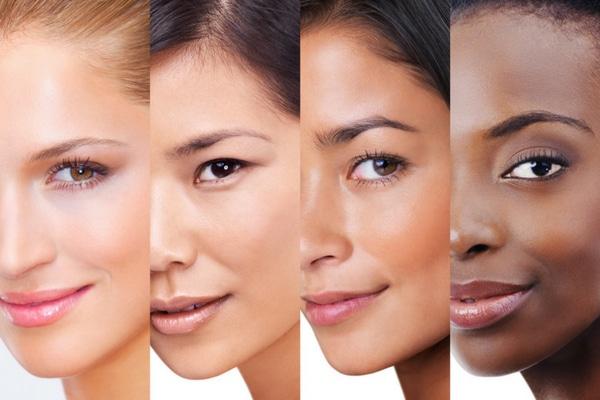Hyperpigmentation - Brown Spots on the Face - What Causes Them?
Have you been noticing some funky patches of color on your skin that just won’t go away? Well, if you have, then you’re probably dealing with hyperpigmentation.
Hyperpigmentation is a condition that’s caused by an increase in melanin production. Melanin is the natural pigment that gives our skin, hair and eyes their colour. Melanin is a substance that helps protect the skin from UV rays, toxins and other damage. When melanin production is increased, the skin can become discolored or hyperpigmented. A number of factors can trigger an increase in melanin production, but the main ones are sun exposure, hormonal influences, age and skin injuries or inflammation.
Sun Exposure
Does the sun worsen hyperpigmentation?
It’s no secret that sun exposure increases your risk of getting hyperpigmentation. UVA and UVB rays damage the skin and melanocytes (the cells producing melanin), which can cause them to go into overdrive and make more melanin than they normally would.
Instead of being able to control the amount of melanin you produce, you get a blotchy, spotty complexion that can be embarrassing for people to look at. And if you’ve ever had a sunburn or been in the sun too long without sunscreen, then you know just how much it hurts for your skin to be exposed to UV rays—and how much those spots hurt when they start appearing.
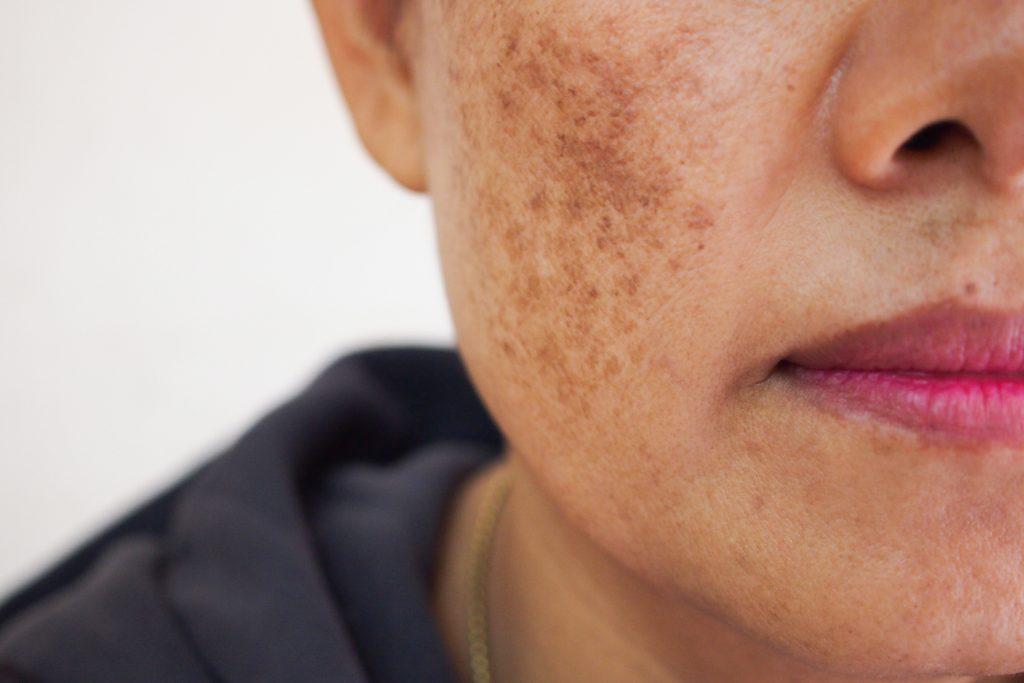
Hormonal Influences
What hormone imbalance causes hyperpigmentation?
Hormonal changes due to pregnancy, birth control, menopause, or other conditions can trigger hyperpigmentation. That’s because of the way hormones influence melanin production. Hormones are chemicals that regulate the way your body works, and they’re produced by glands in your body. Glands are tiny organs that make stuff like hormones and enzymes and store them until they’re needed. Oftentimes they’re pretty small, too – like the ones inside your body that make digestive juices or lubricate your joints.
A gland called the adrenal gland produces hormones that stimulate melanin production in order to protect you from sun damage and other skin problems. For example, when your skin is exposed to ultraviolet light – the kind of sunlight that causes sunburns – melanin helps to protect your skin cells from damage.

Age
Does hyperpigmentation increase with age?
As we get older, the cells in our body naturally slow down. This includes the cells responsible for producing melanin.
When you’re young, these cells can produce melanin quickly and easily, which creates a nice, even tan. As they slow down, the skin can’t produce melanin as quickly or evenly. The result is usually uneven coloring – clumps of darker skin that give your skin an overall darker appearance.
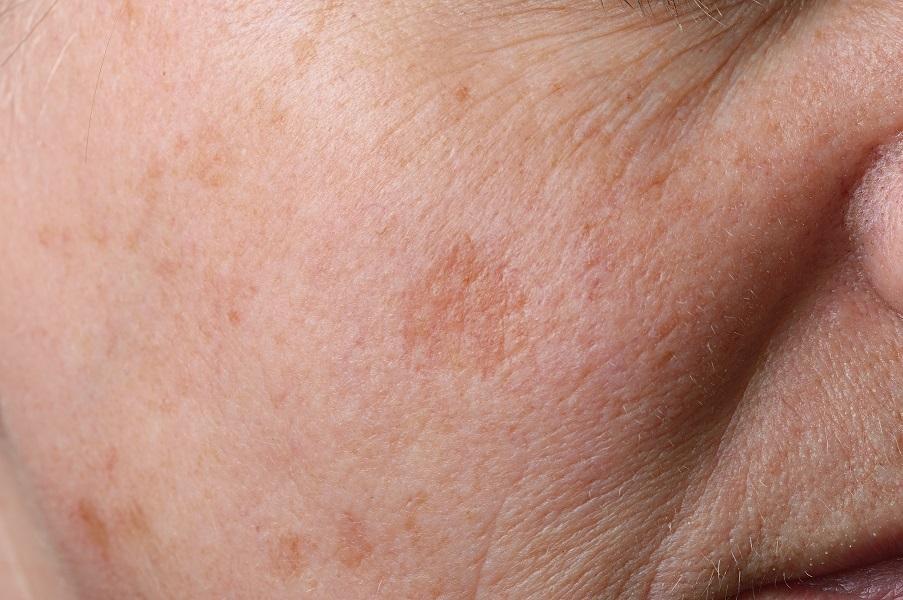
Skin Injury or Inflammation
Does skin injury or inflammation cause hyperpigmentation?
Sometimes an injury or inflammation on your skin can cause hyperpigmentation to develop. For example, eczema has been linked to hyperpigmentation in some cases because it causes inflammation on your skin that triggers increased melanin production.
Do you have uneven skin pigmentation? If so, you’re not alone!
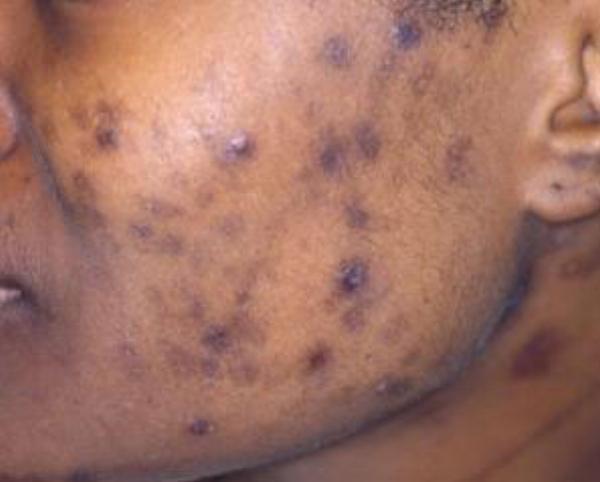
Different Types of Hyperpigmentation
Age Spots And Hyperpigmentation
Age spots can be a real nuisance—and not just for your appearance. These slightly raised, brownish-black areas appear on the face, hands, and body after the age of 40. They’re caused by sun damage when the skin’s cells stop repairing themselves properly or become unable to replace dead cells. Age spots are also a sign of hormonal changes during middle age or menopause.
What makes age spots such a pain is that they can affect more than just your looks. If you have them on your face, they can cause your face to look uneven or blotchy – which means you’ll feel less confident about yourself. And if you have them elsewhere on your body, especially near your eyes, you could develop dark shadows under your eyes as well as bags under them from lack of sleep!

Macules And Hyperpigmentation
Macules are small, flat patches that are darker than the skin around them. They are often brown or red in color and are usually found on people who spend a lot of time outdoors. Sometimes they can also be called freckles, but really, we think that’s just someone trying to make their spots sound fancy.
There are a few different kinds of macules, but they’re all caused by something called melanocytes. Melanocytes are the cells in your skin that produce melanin. You know those little black dots you see in pictures of stars? Those aren’t really dots – they’re actually just really small macules that have been magnified!

Ephelides And Hyperpigmentation

Melasma And Hyperpigmentation
Although it can affect both men and women, melasma is most common in women. It occurs when larger patches of hyperpigmentation develop on the face and other areas that tend to be exposed to the sun.
Melasma is thought to be triggered by changes in hormone levels. The most common cause appears to be a combination of high estrogen levels and low progesterone levels. Melasma may also occur in pregnant women as a result of elevated hormones, including estrogen.
In addition to hormonal changes, chemical irritants like sun exposure and certain medicated lotions or soaps can trigger melasma.

How To Prevent And Reduce Hyperpigmentation?
Glutathione
The best way to prevent skin discoloration and hyperpigmentation is to keep your melanin levels in check. Fortunately, this can be done easily with an antioxidant like glutathione.
Glutathione is the most powerful antioxidant found in the human body. It is a tripeptide consisting of three amino acids: glycine, glutamine and cysteine. It is produced from its parent compound, glutathione disulfide, in a two-step process via gamma-glutamylcysteine synthetase and glutathione synthetase. Glutathione is mostly found inside cells and plays a role in maintaining their health by protecting them.
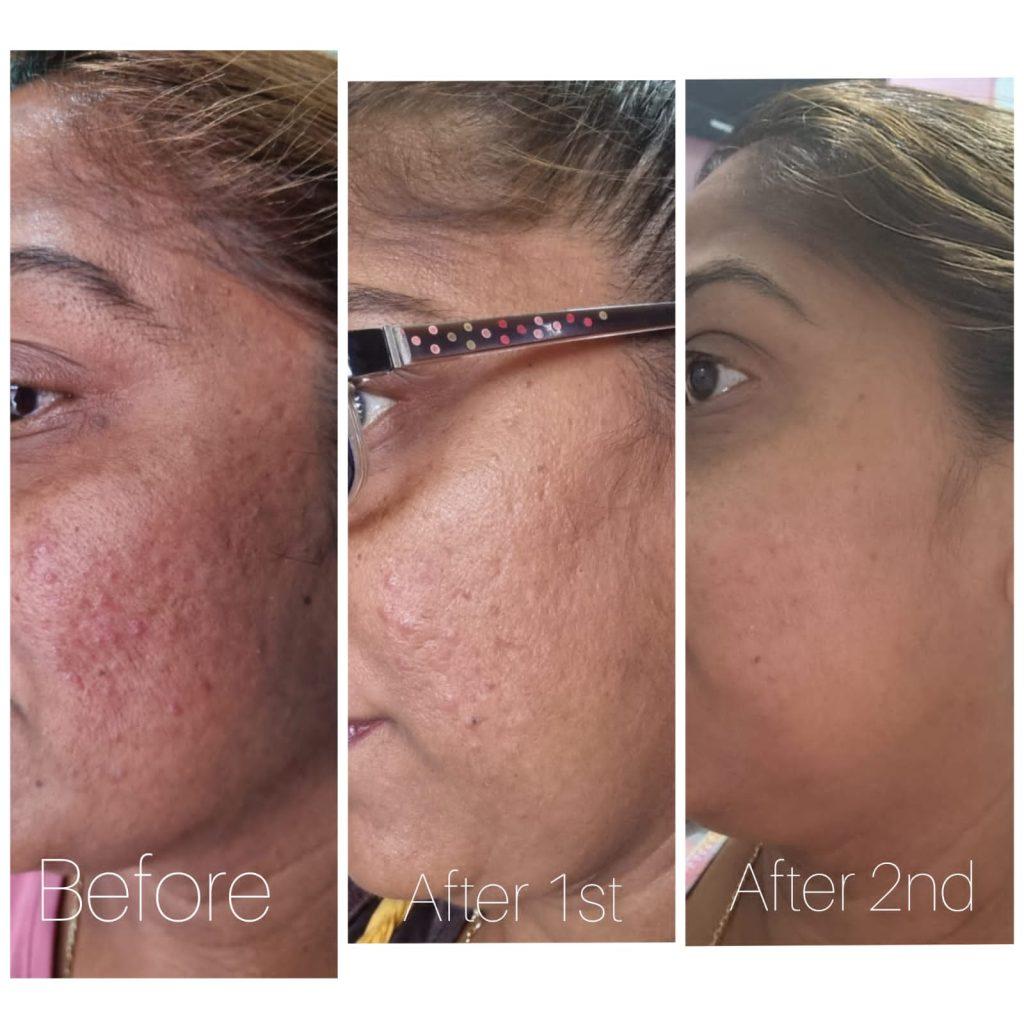
Glutathione works by preventing an enzyme known as tyrosinase from converting the amino acid tyrosine into the skin pigment known as melanin. By keeping tyrosinase from accessing tyrosine, glutathione prevents the production of melanin. That’s not all though!
It also helps restore natural radiance deep down in your skin by regenerating other antioxidants. This helps your skin look brighter and fresher, giving it a lovely texture and tone.
It is one of the most effective treatments for hyperpigmentation and sunspots. It’s also very safe because it’s naturally produced in your body and taken directly from there.
But the body doesn’t make enough glutathione on its own to prevent damage, so you have to get it from somewhere. It’s actually found in a ton of foods, including broccoli, spinach, beef liver, shellfish, and dairy products.
5 Facts about Glutathione
- Glutathione is an antioxidant that is made naturally in the body.
- Plays a key role in protecting your skin from free radicals, which cause damage and aging.
- It slows down the process of aging.
- It helps prevent pigmentation and hyperpigmentation.
- It also speeds up healing processes where the skin gets damaged.
